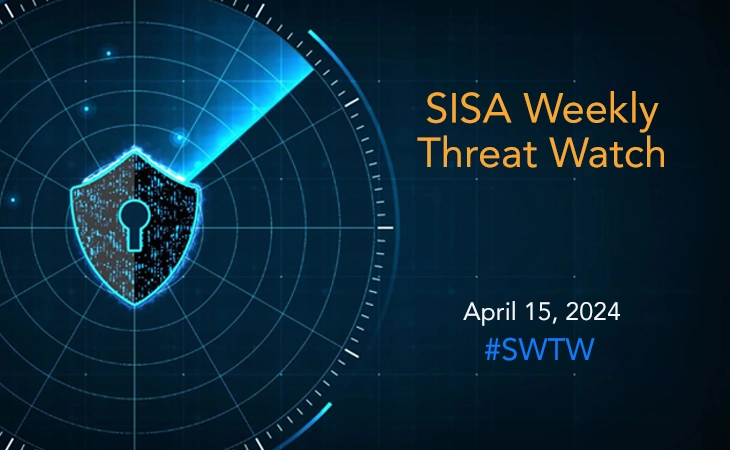

The Top 5 Tenets of Zero Trust Security
- January 27, 2023
Hackers have become increasingly inventive, coming up with countless ways to get past perimeter security and move laterally between networks. Strengthening an organization’s cyber resilience requires a more comprehensive approach and Zero Trust security is the answer.
Traditional security models that were effective for on-premises network architecture are simply insufficient in the age of digital transformation, where more businesses are moving to cloud environments. Hackers have become increasingly inventive, coming up with countless ways to get past perimeter security and move laterally between networks. According to SISA’s forensics investigations, 40% of exploits occur as a result of adversaries using insecure credentials to gain initial access and then move laterally.
Strengthening an organization’s cyber resilience requires a more comprehensive approach and Zero Trust security is the answer. Enterprises must adhere to five zero trust security principles to prevent unauthorized access to the network and the ensuing data loss
1. Least-Privilege Access
Ensure that users, processes, and systems only have the minimal access and privileges required for them to carry out their intended functions. This can assist in avoiding malicious or unintentional actions that might jeopardize the system’s security. The same is true for gadgets, applications, and data.
2. Damage Mitigation
One of the guiding principles of zero trust is to take security precautions before, during, and after an attack to reduce the impact of a security breach or attack. Security teams can effectively respond to and mitigate the attack by ensuring a constrained scope of access paths and credentials for attackers, like identity-based segmentation.
3. Continuous Validation
Nothing can be trusted by default as there are cyber attackers both inside and outside the organizational network. Two essential components that can guarantee the effectiveness of continuous validation without compromising the user experience are the deployment of risk-based conditional access and scalable dynamic policy.
4. Micro-Segmentation
Zero trust also involves maintaining separate access for separate parts of the network. The practice of dividing the security perimeter into small zones simplifies access control and management by establishing a separate authorization process for each segment.
5. Intelligence Gathering
Intelligence gathered from multiple points of telemetry informs a security strategy that is constantly evolving and strives to proactively prevent old and new attacks. When any anomalies occur, zero trust security entails collecting contextual data from disparate sources and using behavioral analytics to enable dynamic risk scoring and real-time action.
While there is ambiguity and challenges surrounding the implementation of a Zero Trust model, a carefully considered and balanced approach that is centered on using the appropriate technology and focusing on an organization’s overall security goals can help ensure a successful Zero Trust journey. For a successful deployment of zero trust, some businesses may only need minor tweaks to their cybersecurity baseline, whereas others may be missing the necessary building blocks and will need to create the model from scratch.For a deeper understanding of zero trust security, its principles, and best practices, read our latest whitepaper on Six best practices for effective implementation of Zero Trust Security.
Latest
Blogs
Whitepapers
Threat-a-Licious
Customer Success Stories

SISA is a global forensics-driven cybersecurity solutions company, trusted by leading organizations for securing their businesses with robust preventive, detective, and corrective cybersecurity solutions. Our problem-first, human-centric approach helps businesses strengthen their cybersecurity posture.
Industry recognition by CREST, CERT-In and PCI SSC serves as a testament to our skill, knowledge, and competence.
We apply the power of forensic intelligence and advanced technology to offer true security to 2,000+ customers in 40+ countries.
Company
Resources
Quick Links
Copyright © 2024 SISA. All Rights Reserved.
 USA
USA India
India APAC
APAC Middle East
Middle East Global
Global





 Facebook
Facebook Linkedin
Linkedin  Twitter
Twitter Youtube
Youtube







